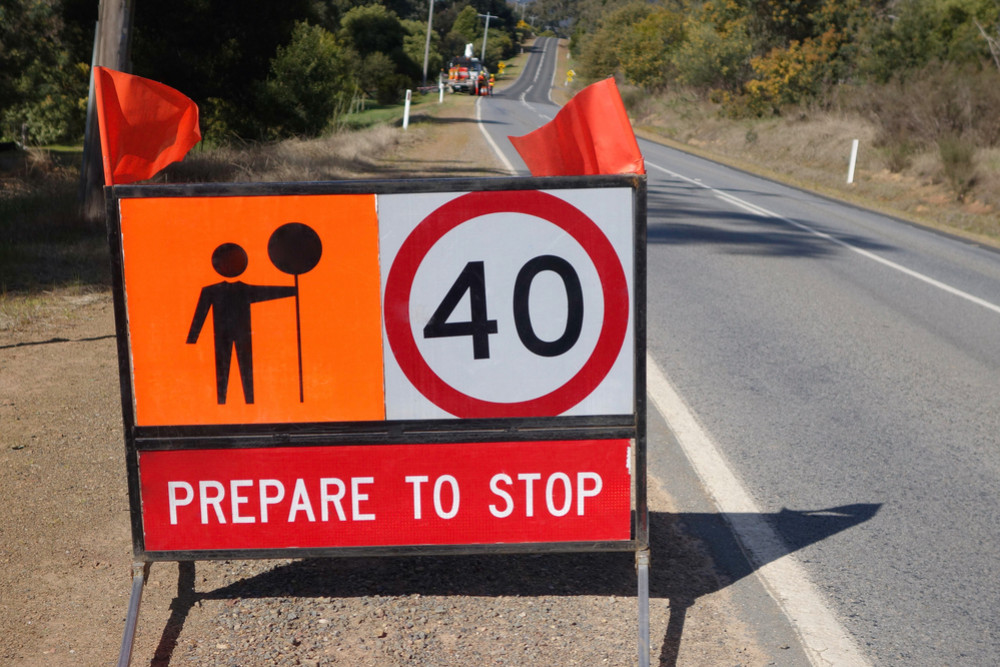General News
10 May, 2023
Plan reveals road conditions below par
A MANAGEMENT plan for Tablelands Regional Council’s (TRC) road network has revealed that 66 per cent of bitumen road surfaces throughout the area are in a poor and unsafe condition and more money is required to maintain or improve its transport assets.

The plan, which has been endorsed by council, documents the transport network infrastructure, which is valued at $308 million, including 1884km or roads of differing standards, 74km of footpath, 295km of kerb and channel, and nearly 20,000 sq metres of car parking areas.
It assesses the current condition of the assets, service levels, and what the cost of maintenance will be to service them in future years, making recommendations as to what council needs to do to fund the works in conjunction with its 10-year financial plan.
The document shows that 66 per cent of bitumen roads are in a poor or unsafe condition but notes the condition of 77.7 per cent of its asphalt roads and 60.3 per cent of its gravel roads are currently unknown.
But according to Infrastructure and Environment general manager Mark Vis, more information is needed before council can make any decisions about funding to service the road network, with a specialist consultant being engaged to undertake full assessments of the whole network.
“The conclusion in the report is based on our understanding of the condition of our sealed road network based on asset age and defect history,” he said.
“We don’t have comprehensive road condition asset data for these roads to support this understanding. We are working to improve our condition data, which may result in refinement of the percentage of bitumen roads in poor to unsafe condition.
“In parallel, we have, over the last several years, also increased our investment in bitumen road resealing to improve the asset condition and are planning to continue that until the condition of the road network is brought in line with acceptable standards.”
The plan advises that the estimated funds required to maintain its transport assets over their lifespan will cost $20.6 million a year, but the 10-year capital plan only allows for $13.8 million a year.
“The anticipated planned budget for transport assets leaves a shortfall of $718,137 on average per year of the forecast lifestyle costs required to provide services in the plan compared with the planned budget currently included in the long-term financial plan,” it states.
“We currently do not allocate enough budget to sustain these services at the proposed standards or to provide new services being sought.”
The plan also reveals there is a “significant difference” between the current budget allocated – $27.2 million over eight years – for gravel road re-sheeting compared to the $49 million required to maintain the current service of the gravel road network.
“This equates to a shortfall of approximately 30 per cent of the network not being maintained to the required service level. This creates a risk of the gravel road network deteriorating to a lesser standard,” the plan states.
Mr Vis said decisions about how gravel roads would be serviced in future years would be made once additional data on the conditions of the roads became available.
“As with the bitumen roads, council will invest in condition assessments of our unsealed roads to refine our understanding of the condition, asset deterioration rates and required investments to maintain these roads to an acceptable standard,” he said.
“Decisions may then be made to increase renewal funding for unsealed roads if required.”
A graph showing lifecycle costs to maintain the road network and summarises that “based on the current data there is insufficient budget to maintain the transport network at its current level of service”.
The graph shows that by 2031, the budget will fall short by $9 million and says that “further work is required to develop desired standards and budgetary requirements to meet and deliver those standards”.
But Mr Vis said council may not increase its budget in line with the plan’s conclusions and, instead, may wish to review its current service levels for the assets.
“(Council will respond) by conducting condition assessments, determining deterioration rates of our road assets depending on type of road service, road location, road use, etc., reviewing and amending service standards and refining our understanding of investment requirements in road maintenance and renewal to appropriately meet service standards (as amended),” he said.


